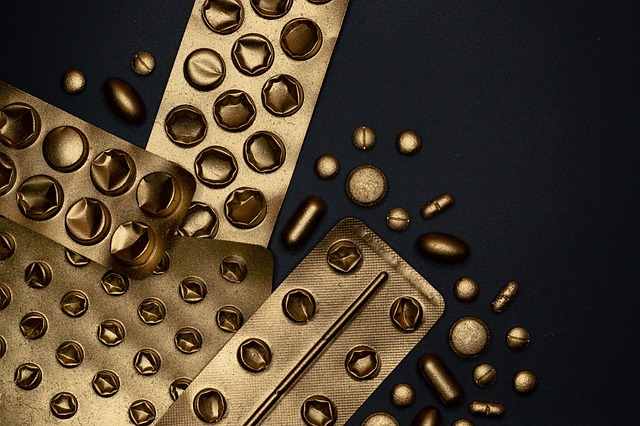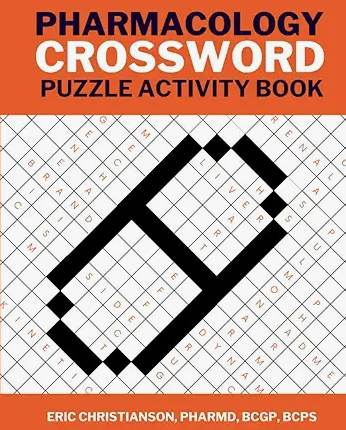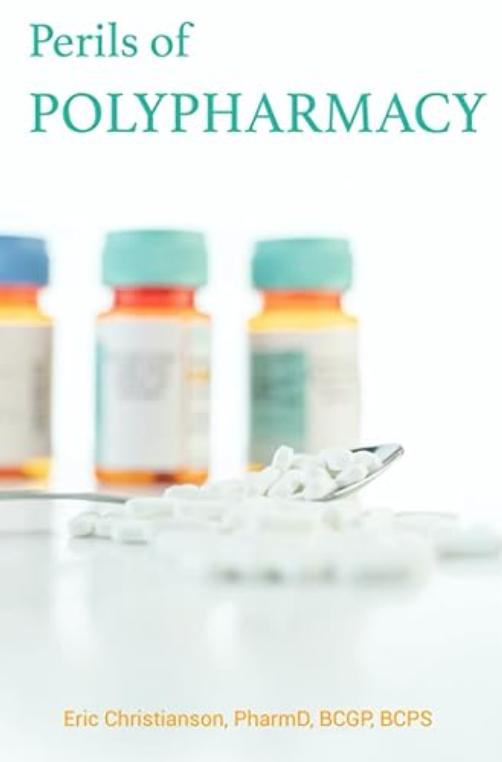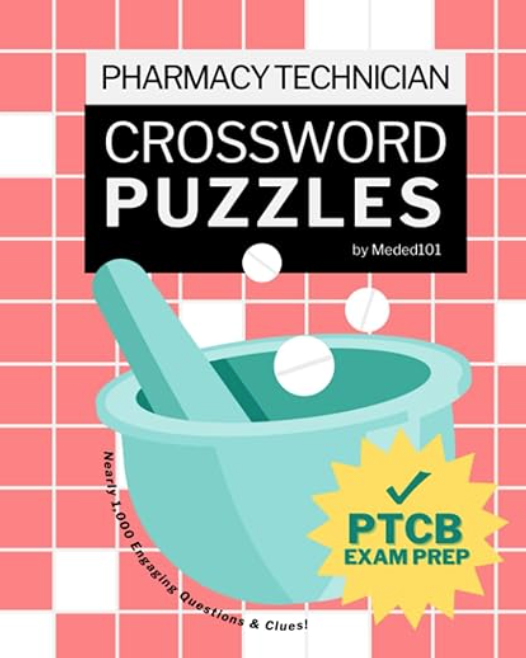Tardive dyskinesia (TD) is a movement disorder that can cause repetitive, uncontrolled muscle movements in the face, neck, arms, and legs. In this article, we provide an update on tardive dyskinesia therapies.
Symptoms of TD can include a mixture of orofacial dyskinesia, athetosis, dystonia, chorea, and tics. Symptoms are most commonly observed involving the mouth and tongue, but the arms, legs, torso, and respiratory muscles can also be affected. Its mechanism is not fully understood but may stem from hyperactive dopamine signaling in an area of the brain that controls motor function. TD is often observed in patients with prolonged exposure to dopamine receptor-blocking agents (DRBAs), including antipsychotics. Onset can appear early after starting a DRBA and the risk appears to increase with cumulative exposure. TD can also occur immediately after suddenly stopping or reducing the dose of a DRBA. This is known as withdrawal dyskinesia. Similarly, masked tardive dyskinesia is when tardive movements seem to resolve when a DRBA is restarted or from an increase in dose. For patients experiencing TD, the condition can have major negative impacts on psychological health and quality of life. Unfortunately, its effects can be irreversible, but there are treatment options to help manage TD in patients.
Risk Factors For Tardive Dyskinesia
| Patient characteristics | Older age Female sex |
| Drug exposure characteristics | Dopamine receptor-blocking agents (first- and second-generation antipsychotics, and metoclopramide are the most commonly implicated) Cumulative exposure Higher doses, but can still occur at lower doses Early occurrence of drug-induced movement disorders, including extrapyramidal symptoms |
| Comorbidities | Schizophrenia and other psychotic disorders Intellectual disability Pre-existing mood disorder Alcohol or substance use disorder Dementia Diabetes, especially uncontrolled |
| Others | Prior electroconvulsive therapy |
Screening Considerations
It is important to note that although second-generation antipsychotics (SGAs) have become more widely used than first-generation antipsychotics (FGAs), TD incidence has not disappeared. Clinicians should remain aware of TD development and not skip its assessment or exclusion of other conditions that can cause abnormal movements. All patients who are taking antipsychotic medications, metoclopramide, or other antiemetics like prochlorperazine and chlorpromazine, especially long-term, should be regularly screened. All of these medications have the potential to cause TD with chronic use. Often, screening consists of direct observation of the patient and obtaining a thorough medication history.
Tardive Dyskinesia Therapies and Management Strategies
Fortunately, there are treatment options for patients experiencing TD. However, it is important to keep in mind that treatments for TD are symptomatic and may not be fully effective.
Stop or reduce the offending drug, if possible – Sometimes, this option may not be possible depending on the underlying psychiatric condition of the patient. The risk for potential relapse or worsening of psychotic symptoms must be carefully considered. If a drug is to be stopped, it should be withdrawn slowly since abruptly stopping the medication can worsen TD.
Switch to a drug with lower risk of TD – Patients who develop TD on an FGA may find relief by switching to an SGA with lower TD risk. These agents include clozapine, olanzapine, or quetiapine. Clozapine does require frequent blood testing and REMS. However, this approach has its limitations as it may not guarantee the resolution of TD symptoms. There may be a benefit in patients experiencing early and mild TD symptoms.
VMAT-2 Inhibitors – These medications are the main symptomatic drug therapy available for TD and can be considered in patients experiencing TD while on SGAs, including clozapine. VMAT-2 inhibitors can be used with or without antipsychotic medications and they work by depleting dopamine storage in presynaptic vesicles. These agents include tetrabenazine (Xenazine), valbenazine (Ingrezza), and deutetrabenazine (Austedo). The latter two medications are FDA approved for the treatment of TD; tetrabenazine is not.
Other Tardive Dyskinesia Therapies – These treatment options are not FDA approved. These include levetiracetam, zonisamide, piracetam, propranolol, vitamin B6, botulinum toxin (tardive dystonia), Ginkgo biloba extract, valproate, buspirone, clonazepam, amantadine, deep brain stimulation (DBS) or electroconvulsive therapy (ECT). Clonazepam has shown some benefit in the short-term in patients with mild TD symptoms. However, patients can develop tolerance, limiting its efficacy as a long-term therapy option. Similarly, limited studies have shown a reduction in dyskinesia in patients taking amantadine as an adjunct therapy. In a small, randomized controlled trial from China, patients with schizophrenia and TD were given Ginkgo biloba extract and experienced a decrease in involuntary movements.
In patients experiencing tardive dystonia, a less common form of TD, botulinum toxin injections at the affected sites led to improvements in dystonia symptoms. These outcomes were primarily observed in retrospective case series and case reports.
Dosing, Drug Interactions, and Adverse Effects – Tardive Dyskinesia Therapies
Valbenazine (Ingrezza) – The recommended starting dose is 40 mg daily. It can be increased as needed after one or more weeks to a maximum of 80 mg daily. However, in patients taking strong CYP2D6 or CYP3A4 inhibitors, the maximum recommended dose is 40 mg daily.
Deutetrabenazine (Austedo) – The starting dose is 6 mg twice daily. It can be increased weekly in 6 mg increments depending on response and tolerability. The maximum recommended dose for patients taking strong CYP2D6 inhibitors is 36 mg daily, and 48 mg daily for all others.
Tetrabenazine (Xenazine) – The starting dose is 12.5 mg daily for one week and should be increased by 12.5 mg every few days as tolerated. The usual effective dose is 75 to 150 mg daily divided into three daily doses. The maximum recommended single and daily doses are 25 mg and 50 mg, respectively, in patients taking strong CYP2D6 inhibitors.
Adverse effects and precautions – All three VMAT-2 inhibitors exhibit similar toxicities, the most common being somnolence and fatigue. Less common effects include akathisia, parkinsonism, depression, tremor, insomnia, confusion, nausea, vomiting, hypotension, and dizziness. Long-term use can lead to anxiety, somnolence, and depression. Additional monitoring should be considered in patients at risk of QT prolongation.
This article was written by Sarah Zahirudin, PharmD Candidate in collaboration with Eric Christianson, PharmD, BCPS, BCGP
- 30 medication mistakes PDF
- 18+ Page Drug Interaction PDF
- 10 Commandments of Polypharmacy Webinar based on my experiences in clinical practice
Popular Amazon Books
References:
- Deik A and Tarsy D. Tardive dyskinesia: Etiology, risk factors, clinical features, and diagnosis. UpToDate [Online]. Last updated 26 May 2022.
- Liang TW and Tarsy D. Tardive dyskinesia: Prevention, treatment, and prognosis. UpToDate [Online]. Last updated 26 Jun 2021.
- Kremens DE. Treatment Strategies for Tardive Dyskinesia. J Clin Psychiatry. 2020;81(1):NU18041BR4C.
- Ricciardi L, Pringsheim T, Barnes E, et al. Treatment Recommendations for Tardive Dyskinesia. Can J Psychiatry. 2019 Jun; 64(6): 388-399. Available at https://www.ncbi.nlm.nih.gov/pmc/articles/PMC6591749/#:~:text=Other%20than%20ceasing%20or%20switching,side%20effects%20than%20tetrabenazine73.
- McEvoy JP. FDA-Approved Medications to Treat Tardive Dyskinesia. J Clin Psychiatry. 2020:81(1):NU18041BR3C. Available at: https://www.psychiatrist.com/jcp/effects/tardive-dyskinesia/fda-approved-td-medications/.
- Bhidayasiri R, Fahn S, Weiner W, et al. Evidence-based guideline: Treatment of tardive syndromes: Reports of the Guideline Development Subcommittee of the American Academy of Neurology. Neurology. 2013. Available at https://n.neurology.org/content/81/5/463.









0 Comments